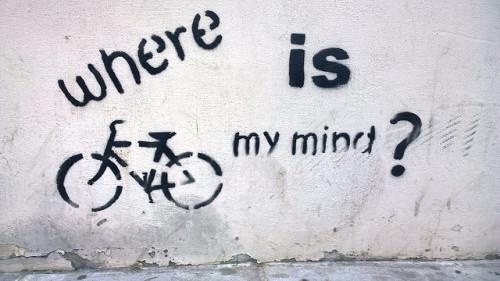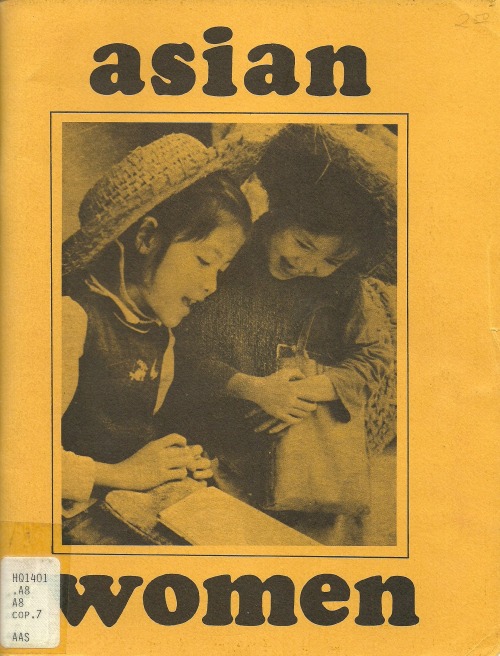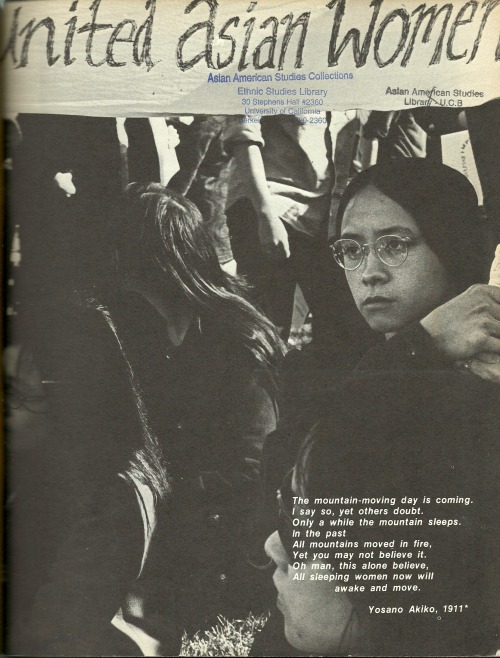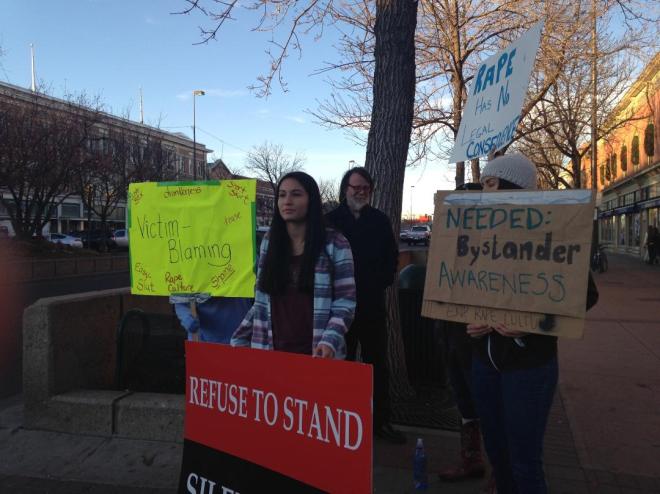#ethnic studies
We Don’t Need No Education: Deschooling as an abolitionist practice
In this new essay, Sujani Reddy argues that those of us who want prison abolition must consider a call, simultaneously, to deschool society.
To resist within and against education institutions, she calls for an approach of ‘the undercommons’: “We found ways to be in the institution but not of it, to not subordinate ourselves to its forms of recognition but instead to employ its resources in ways that were not legible or reducible to its designs or demands. We were not poster children; we were poachers.”
Post link
First pages of Asian Women (1971), a journal produced by students at UC Berkeley, with articles and art submitted by Asian women across the country.
Most of the compilers met in Asian Studies 170, a winter 1971 proseminar designed to discuss the history and roles of Asian women. Confronted with sexism in the Asian movement, and finding that “the white middle-class woman’s liberation movement” was not relevant to their lives, many Asian American women activists in colleges found the need to create venues for their experiences and opinions.
I’ve joined on as an admin at sampaguitagirl aka Maria’s Asian American Activism tumblr! I’m currently doing my Ethnic Studies honors thesis on women in the 1960s/70s Asian American Movement (then known as the Asian Movement), and will be uploading all kindsa primary source goodies and quotes as I go. Check it out!
Post link
Briefly, why race matters:
1) The logic isn’t that race doesn’t matter, the logic is that individuals can be racist, and systems can be racist and all they require are complicit operators.
2) Unfortunately, the entirety of American history is a race issue. The concept of race in its modern form was born here. It began with the extermination and subjugation of the indigenous people (celebrated in Cowboy and Indian movies) and the violence against the African populations stolen in the Atlantic Slave Trade and plantation life.
3) Policing did not begin with Civil Rights, slavery existed in the North, and racial discrimination was the law of much our country until 1964-65 when it was forcibly removed by the Federal Government. For example:
And so policing (especially on the local level) existed to maintain the status quo, that status quo was slavery, later that status quo became Jim Crow, and today that status quo is racist and class-based oppression.
4) That being said, the systems that were in place don’t just go away. Nothing illustrates this point better than how quickly Angola Plantation became Angola Prison in Louisiana, to house Louisiana’s new “criminal” class of free-Black people shortly after emancipation. Criminalizing Blackness was of course a means to recapture a population and force them back into bondage and labor.
5) Think of the colonies throughout the world: are the colonized not themselves policing their own people in the interests of racist and exploitative regimes? In British India, the Imperial Police force was comprised largely of local Indians and Burmese, subordinate to European officers. Yet the colonial paradigm remained racist and exploitative.
In the contemporary American context, police officers can be of many ethnic or cultural backgrounds. The POC police officer need not be racist for their actions and the system to be racist, they need only be complicit with racist orders– and by being complicit they become part of the racist structure.
Twitter: @bodega_gyro_ao
Soldiers, Priests, Convicts (see Starr p47)–the earliest European colonists in California sound like an odd mix and one in tragic lack of estrogen. So when we discuss the position of women in California, especially in the earlier part of this question, what is really being asked about is the lives of specifically Native, Indian Women.
The groups of historians that Castaneda examined are all tinged in their own ways with misguided perspectives based on ego or racisim, and only since the later half of the twentieth century has serious study been undertaken to understand the histories of women and non-Europeans. Kevin Starr himself doesn’t seem to have too much to offer on the role of women in this period, though he does describe on page 47, that there was very little inter-marriage in California, as opposed to the case in other parts of colonial Spain where classes of mixed-race citizens were generated. It is rather telling that a white mans inclusion of women’s history means a detail on marriage.
It was very interesting in the Castaneda article, that while these early historians “fundamentally reflect the political and socio-racial ideology that informed both the war with Mexico and the subsequent socio-political and economic marginalization of Mexicans in California” (p8) what little positive report they did draw upon was from those Euro-Americans that had been to California in the decades before war, as part of those merchants and traders coming to aid the region and diversify society when Spain could not maintain the colony by itself. Starr identifies inter-national marriage in a limited sense, describing how some of these merchants married into the established Spanish-Mexican wealthy families in the days after independence from Spain. However, his description is a rather uninformative list, again dumbly focusing on the issue of marriage [p.59].
After the war the discourse becomes more negative it seems, and its interesting to note the narratives of fantasy of “Spanish-speaking women [who] invited the advances of EuroAmerican men whom they anxiously awaited as their saviors from Mexican men” [Castaneda, p10]. This American type of narrative sounds a lot like those first fantastic tales and romances of Calafia that motivated the first Spanish explorers, even though Starr described this as the heeding of a “medieval mindset” different from contemporary mindsets presumably, but errantly, for here the same theme continued in the minds of Americans in the 19th and 20th century.
The realities for non-white women seems to have changed little from the mission-presidio days, through to its colonization by white Americans. Castaneda says “conquest and racism intensified sexual assault… non-white women could be raped with impunity, just as they could be enslaved, killed, or worked to death.” [p15].
Castañeda, A. I. (1990). Gender, Race, and Culture: Spanish-Mexican Women in the Historiography of Frontier California. Frontiers: A Journal Of Women Studies, (1), 8.
Protestors stand at the intersection of Mountain and College Ave. in Old Town Ft. Collins to fight against Rape Culture.
Photograph taken by Megan FischerToday –Monday December 8th – in Ft. Collins, the decision on the Andre Alders case was made, allowing an alleged rapist to walk free. In response to the decision, an immediate protest took place organized by a few people who had been following…
The photograph above, used for
shitty attempts at click baitingan article on Billboard.com about the singing competition show THE VOICE, displays the three female judges who have been a part of the show at different times. Two of the artists, Shakira and Christina Aguilera, are Latina, yet the show has managed to eerily morph all three of these stars images into what is virtually the same…

“Yet our best trained, best educated, best equipped, best prepared troops refuse to fight! Matter of fact, it’s safe to say that they would rather switchthanfight!”
- Civil Rights Activist Thomas “TNT” Todd, as sampled by Public Enemy in Fight the Power
American pop culture and media has long been, and continues to be, saturated with grossly narrow representations of people of color.…






